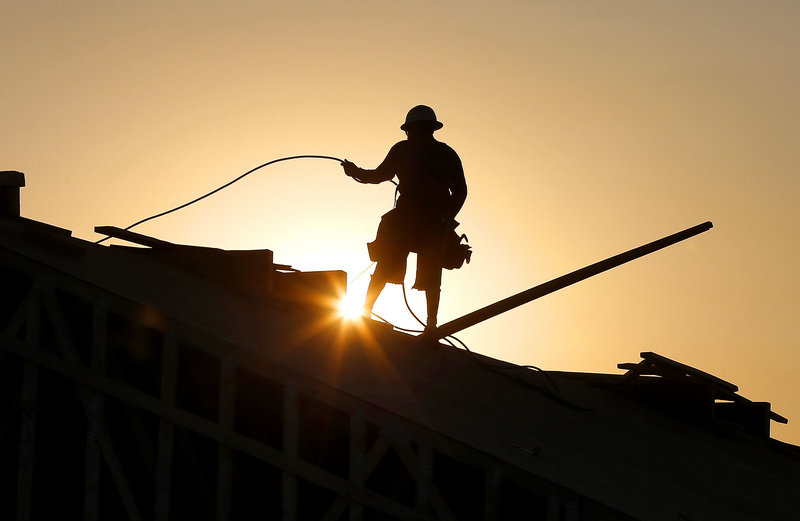LAS VEGAS – A high pressure system parking over the West is expected to bring temperatures this weekend and into next week that are extreme even for a region used to baking during the summer.
Notoriously hot Death Valley’s forecast calls for 129 degrees, not far off the world record of 134 logged there July 10, 1913. The National Weather Service called for 118 in Phoenix, and at least 117 in Las Vegas on Sunday — a mark reached only twice in Sin City.
“It’s brutal out there,” said Leslie Carmine, spokeswoman for Catholic Charities, which runs a daytime shelter in Las Vegas to draw homeless people out of the heat and set them up with sunscreen and bottled water.
Meteorologists are calling for highs at or above 112 through Wednesday in Las Vegas, and there isn’t even relief when the sun goes down. Sunday night’s low is forecast to be 92 degrees — enough to make for a stuffy stroll down the Strip at whatever hour tourists leave the bar.
Two Elvis impersonators and a performer costumed as the iconic “Welcome to Fabulous Las Vegas” sign said they still planned to keep up their routine of working the tourist corridor in the broad daylight and turning in for the evenings, heat notwithstanding.
“We’d much rather fight with the sun than fight with the drunk people,” Elvis impersonator Cristian Morales said Thursday.
While the Southwest boasts the most alarming temperatures, the heat wave is driving up the mercury all over the West. Western Washington — better known for rainy coffee shop weather — should break the 90s early next week, according to the weather service.
Dry southern Utah is forecast to reach higher than 110 degrees, and northern Utah — which markets “the greatest snow on Earth” — is also expected to hit the triple digits.
The heat wave is “a huge one,” National Weather Service specialist Stuart Seto said. “We haven’t seen one like this for several years, probably the mid- to late 2000s.”
The system’s high pressure causes air to sink and warm, drawing down humidity.
“As the air warms, it can hold more moisture, and so what that does is take out the clouds,” Seto said.
While those in the West take to their swimming pools or hunker down indoors during the heat wave, the eastern half of the country is set for normal and below normal temperatures driven by lower pressure.
“There’s a balancing act in the atmospheric pressure,” said Chris Stachelski, a weather service meteorologist based in Las Vegas.
Send questions/comments to the editors.



Success. Please wait for the page to reload. If the page does not reload within 5 seconds, please refresh the page.
Enter your email and password to access comments.
Hi, to comment on stories you must . This profile is in addition to your subscription and website login.
Already have a commenting profile? .
Invalid username/password.
Please check your email to confirm and complete your registration.
Only subscribers are eligible to post comments. Please subscribe or login first for digital access. Here’s why.
Use the form below to reset your password. When you've submitted your account email, we will send an email with a reset code.